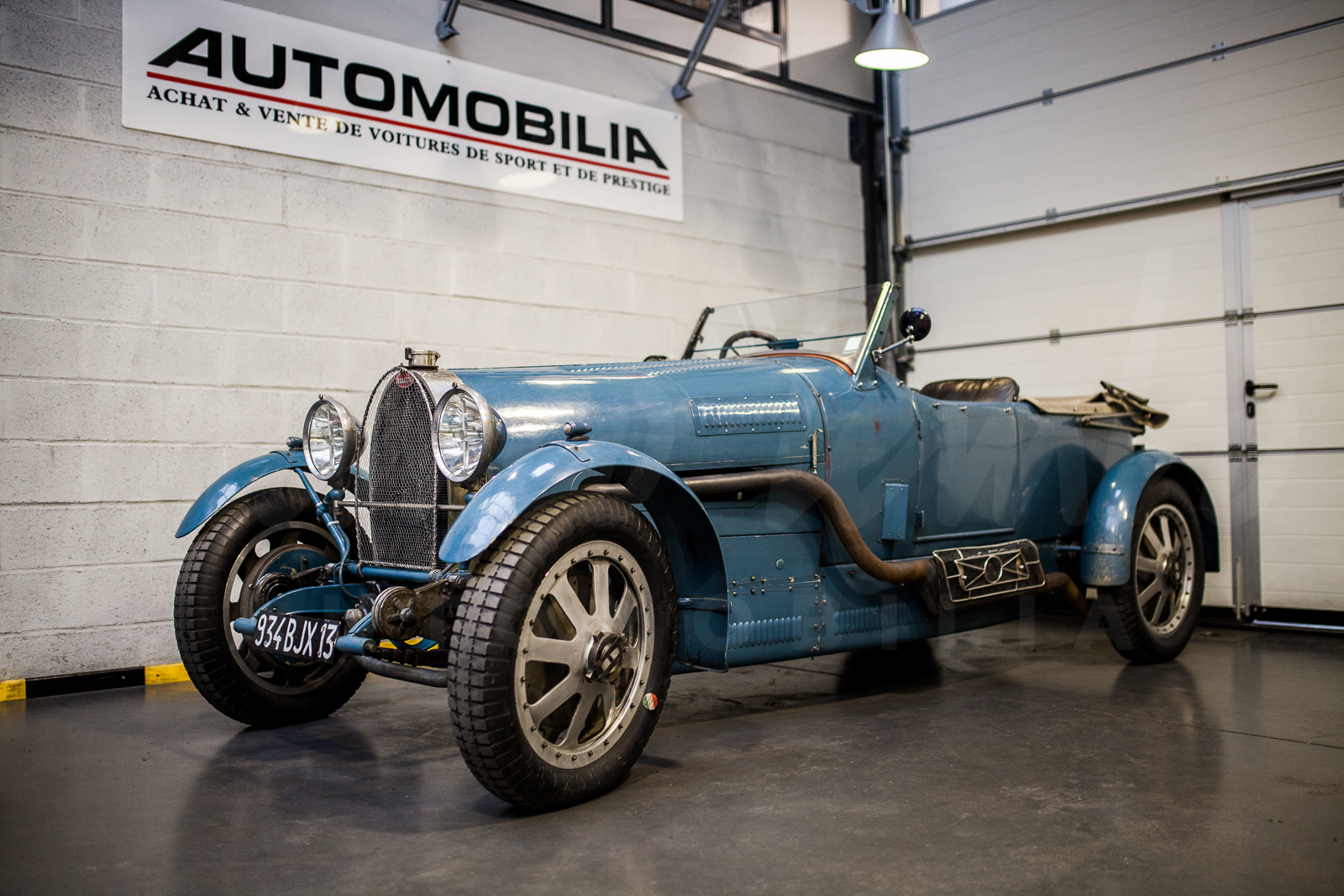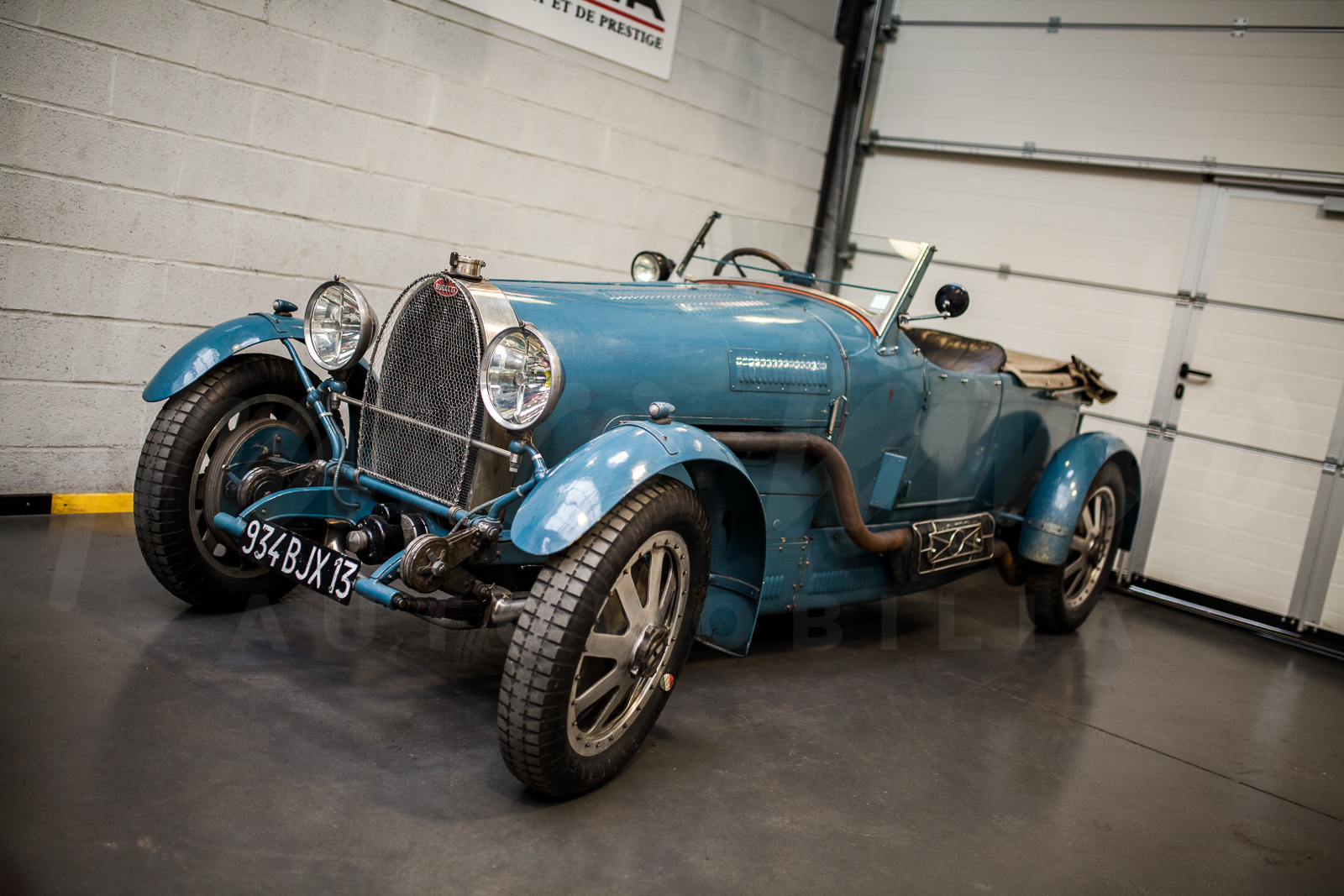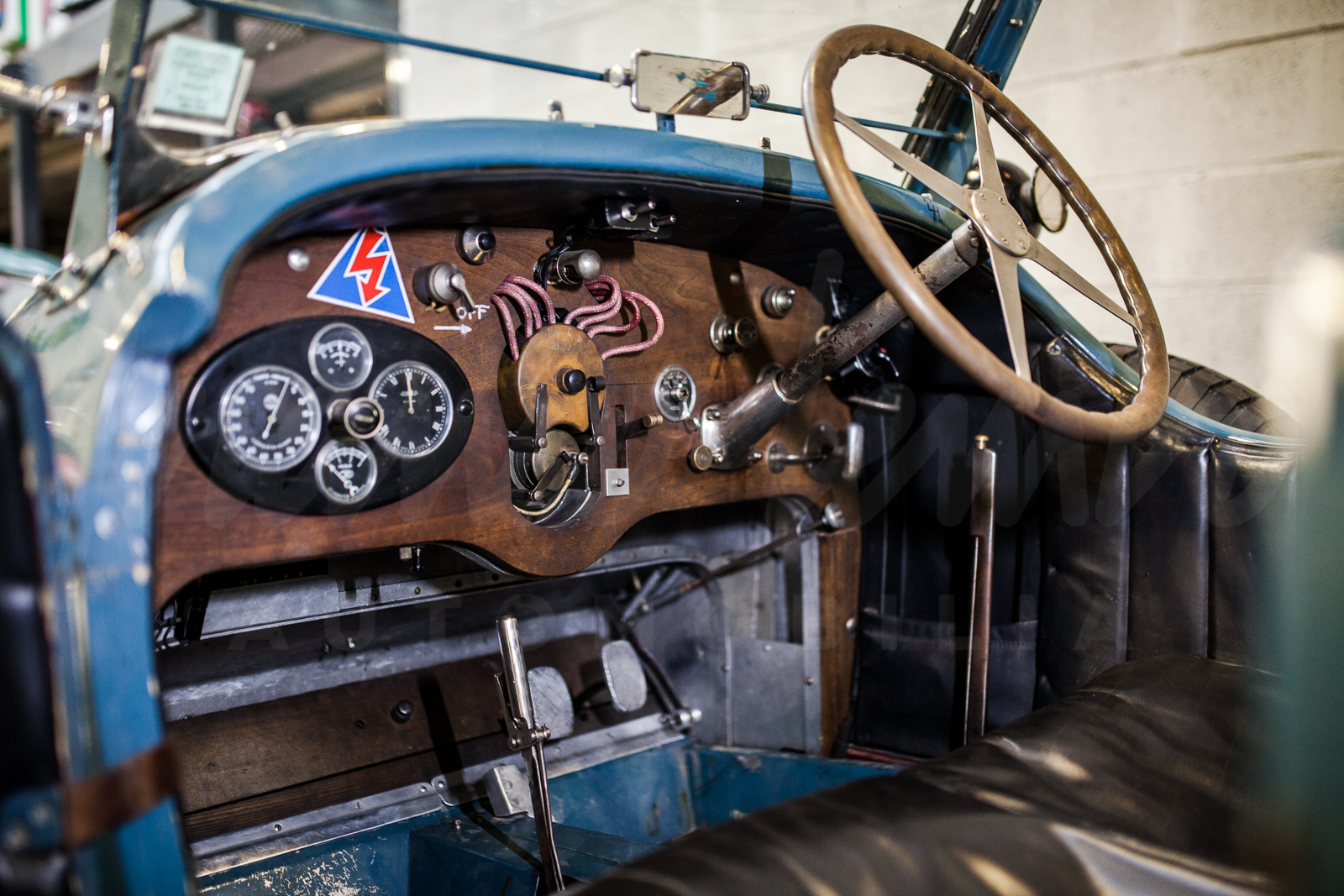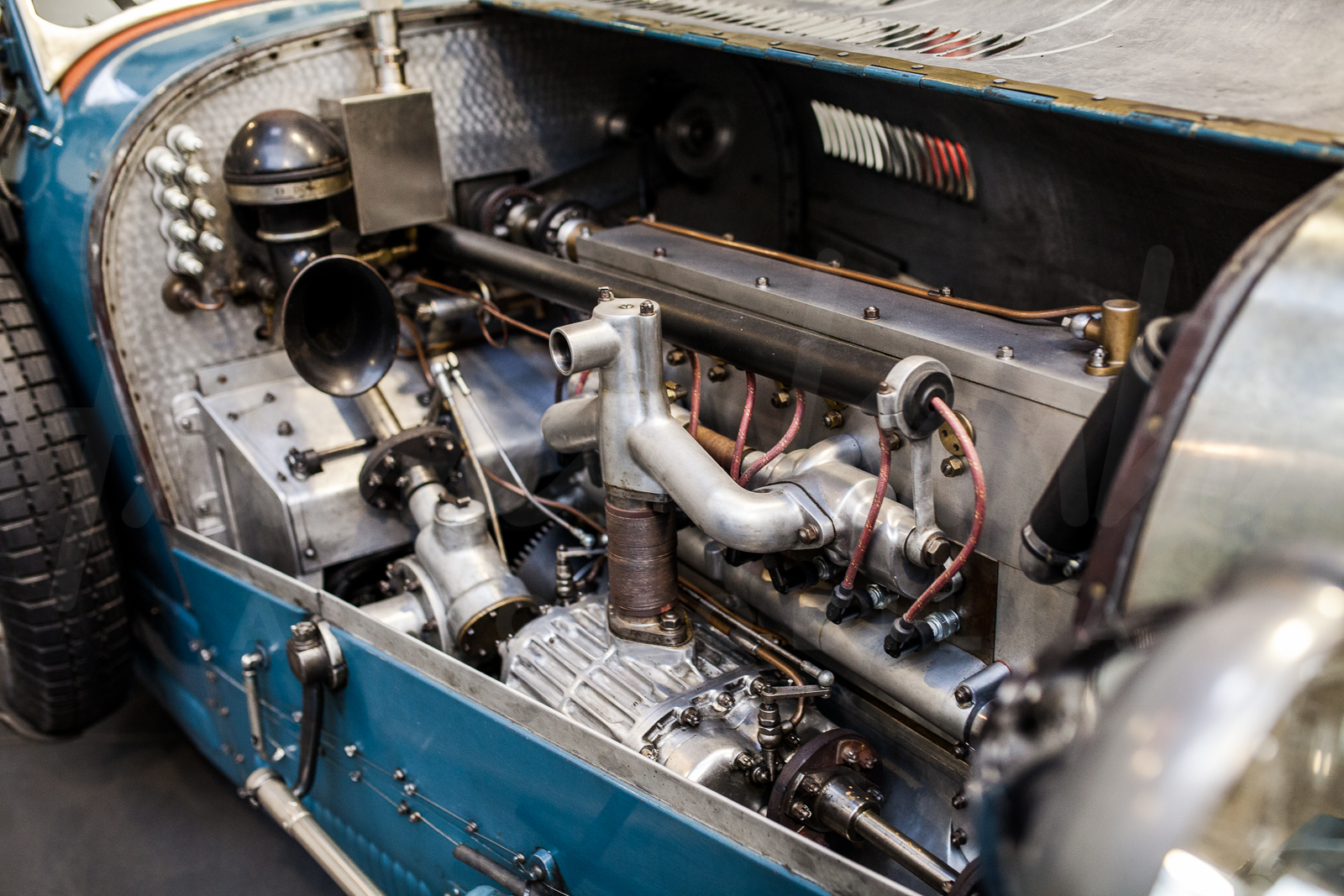Stock Reims





Sorry, too late !
In the early 1930s Ettore Bugatti made a reputation with no equivalent for building cars with exceptional performance, whether on road or track. The greatest racing drivers in the world won countless prizes at the wheel of cars from Molsheim’s factory and often used them daily. The repute of Bugatti was mostly made thanks to its range of straight 8-cylinder cars, of which the first – the Type 30 – appeared in 1922 with a 1 991 cc. The development of this superb engine, with its single overhead camshaft and three valves per cylinder, equipped the Grand Prix Type 35, the Type 38 tourer and the Type 43 sports car.
Introduced in 1927, the Type 43 was the road version of the most successful Grand Prix car of Bugatti, the Type 35. The Type 43 used the 8-cylinder 2 262 cc engine with Roots supercharger from the Type 35B, installed on a new chassis similar to the Grand Prix version. It also used Type 35 wheels, with the larger radiator and brakes from the Type 38. Without surprise, considering its Grand Prix derivation, the Type 43 was successful in competition, engaged by the factory and private owners.
Our Bugatti Type 43 was built on a recent chassis made with the original pattern. The car incorporates many major original Bugatti parts including the front axle, the rear axle and the gearbox. The engine has been built by the foremost French Bugatti specialist: Laurent Rondoni from Ventoux Moteurs Ingénierie in Carpentras. As a Bugatti specialist, Rondoni accumulated lots of parts with time, including necessary parts to build a Type 43. Needless to say, with such a pedigree, this Type 43 performs better than an entirely original example. The chassis plate is a period correct “Alsace” type and is numbered 44366. It corresponds with a brown Type 44, sold new to minister Achille Fould in April 1928. The plate was given to the owner of the car by his friend François Chevalier and comes from a car destroyed in South West of France. The chassis was built in 1990 for Laurent Rondoni and has a wheelbase (2.97 m) conform to a Type 43.
Of the mechanical parts, the rear axle is an original Type 43, while the gearbox comes from a Type 44 (number 255) built in Spring 1928, a model very similar to the Type 43. It was supplied by Brineton Engineering of Walsall, the most renowned Bugatti specialist in the UK. The front axle (number 707) also comes from a Type 44. The 2.3 L engine was entirely built and assembled by Rondoni in his workshop in Carpentras. The engine has a special mechanical with a 5-bearing crankshaft – 3 plain bearings and 2 roller bearings, allowing to come back to the original roller crankshaft if desired. The supercharger is new. The clutch is the classic Bugatti type. The radiator has been overhauled and an additional oil tank has been fitted under the passenger seat, as on the racing Bugattis. The fuel tank comes from a touring Bugatti. The aluminium bodywork was made in France in the end of the 1990s by the specialist Patrick Barrier. Torpedo in style, it is similar to the three Type 43 Bugattis that entered the Tourist Trophy in August 1928. There is only one door (on the driver’s side) and seats from a Type 57 S have been cut down to be fitted in. The dashboard is equipped with original SEV instruments, a period-correct Jaeger 8-day timepiece, a Ki Gass pump and pressure gauges supplied by Vintage Restorations in the UK. The car weights around 1 040 kg and is 10 km/h faster than the original model, with a top speed of around 170 km/h.
This high-performance car has been built with many original Bugatti parts. Regularly serviced at Ventoux Moteurs, it comes with its French Bugatti carte grise and a detailed report from Pierre-Yves Laugier, great Bugatti historian and specialist. The car entered Le Mans Classic in 2004 and 2008, so it is eligible for a new entrance with its future owner. It is also eligible for the Mille Miglia and other historical events. It will be delivered to its future owner with its contrôle technique and an appraisal value.
